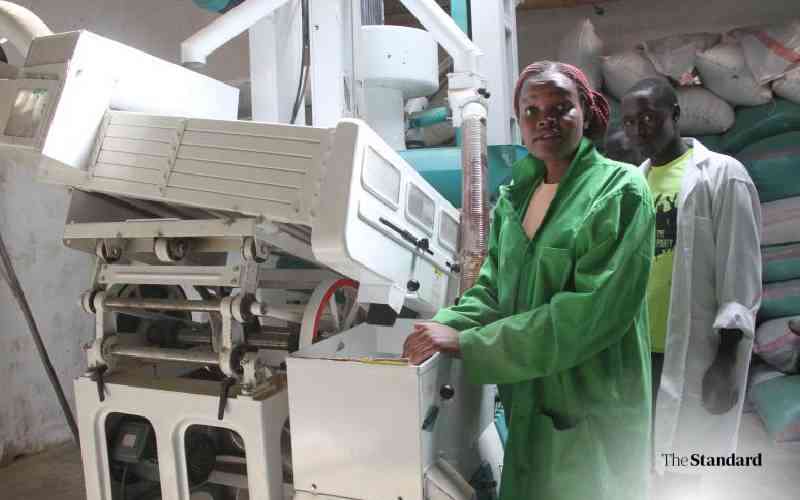Why this Kohlapuri Di? : A case of misplaced chauvinism - The Economic Times
Last week Prada cat walked into a storm, stomping on our bruised pride.
While conscientious commentators, fashion pundits our culture vultures tore into the fashion house for their insolent cultural appropriation – selling haute toe ring sandals for a bomb without giving credit to the artisans of south western Maharashtra who have been, for centuries, working with tan buffalo hide, babul bark and myrobalan to cut, stitch and finish each pair of Kohlapuri chappals by hand – I could not help but wonder why this Kohlapuri D?
Cultural appropriation in arts has become an incendiary topic worldwide. With power of consumption moving towards the east, western couture, even icons, inevitably get the stick. Designers Stella Macartney or lux labels Carolina Herera, Gucci, Givenchy and even celebrities Kim Kardashian to Katy Perry among many others, have at different times, been charged with reckless swiping and sampling. Yet often, these debates get trapped in rather reductive binaries of high and low brow or first and third world – that continues to thrive on such hierarchy in the first place.
If it is uniquely ours, it is misappropriation. For purely pragmatic reasons, Kohlapuri has given us global recognition. We do need the world to enjoy what we have. The fashion industry in the west is a well-oiled marketing machine. If they are inspired by five meters of cloth that we call a saree and reinterprets it as a gown or a chappal gets a contemporary makeover, be happy. At least, it’s back in the map. One would be happier, though, if that success is shared with those being kept in the margins.
India may have several global billionaires, but it has only two global consumer brands – Tata and Taj. Having a large home market – by volume, not value -- our desire to build world-class brands is muted. What’s more, we let the world to copy our creations because we fail to safeguard copyrights. Meanwhile, we continue to pay a lot when we use what we take from the world. Since 1990, India has cumulatively paid $100.8 bn, while receiving only $11 bn, in IP receipts – a net $90 bn deficit, as per official data.
It doesn’t help that India’s GI regulation is the weakest form of “sui-generis protection mechanism”, as Akriti and Pinaki Ghosh put in their paper in the Journal of Intellectual Property Rights in May 2024. Lack of enforceability dilutes “transparency, fairness, effectiveness, and accountability -- pillars of good governance,” they argued. Unlike Chile (wines), Scotland (single malts) or even France (champagne), our sought-after Darjeeling Tea, haldi, alphanso mangoes or even basmati, have lost much sheen and premium standings, bogged down in ambiguous statutory drafting, sloppy marketing and widespread adulteration. Meanwhile, our South Asian neighbours have stolen both the noise and the nous. Recently, I gave up when friends in US said they rely on their local yoga and ayurveda practitioners than believing in the Indian mumbo-jumbo.
Following the fury, at least Prada acknowledged their mistake and vowed to work with Indian artisans to pursue their pledge of being responsible on the runway. Looking at our home-grown creative zeitgeist, very few of us would have done even that without hiding behind the trope of “inspiration” that is both is commonplace and convenient.
But now that we have received the credit for the chappals, what next?
Likely, the issue will peter out until the next controversy without ensuring that the company invest in collaborations to revive the age old craftmanship and economically uplift the makers. None of the large Indian business groups – those even in fashion or retail -- have come forward yet to safeguard their interests. Dior though has empowered karigaars in markets as diverse as Mexico and India, giving them due credit, making them part of the whole creative process and even sharing the proceeds from sale. So does Loewe through their exhaustive collabs worldwide or a Gucci when it worked with upcycled sarees as part of a sustainability project.
Italian houses like Fendi or Bulgari proactively engages in cultural patronage in Rome, funding the restoration of iconic monuments and archaeological sites from whom they constantly seek inspiration from. Both feed off each other. But the truth is we rarely preserve or contemporise our traditional crafts to appeal to the young and the trendy.
Such malaise is widespread: From sarees to shoes, music to movies, we hardly prize our handlooms or history, artisans or antiquities, we do not appreciate our own, till the world appreciates it.
Oddly enough, while we seek outside validation, we also get easily enraged. Satyajit Ray was ‘extremely discouraged’ by the initial reception of Pather Panchali in India, Kolkata included. International acclaim, starting with Best Human Document Award at the 1956 Cannes Film Festival, turned the tide.
It took America-born Sally Holkar or John Bissell to revive the weaves of Maheshwar or create an Amul for our fabrics, FabIndia.
Delhi-based Scot William Dalrymple has taken India’s primordial gift for myth and narrative to make scholarship in history accessible and acclaimed while the renaissance of modern Indian art owes a lot to a Japanese businessman with interests in fish processing, Masanori Fukuoka.
Even outside the business of fashion, unless we own, defend and develop value chains, we shall continue to let our misplaced chauvinism get the better of us. Seek inspiration as much from Europe as Japan.
The devil no longer wears Prada.








